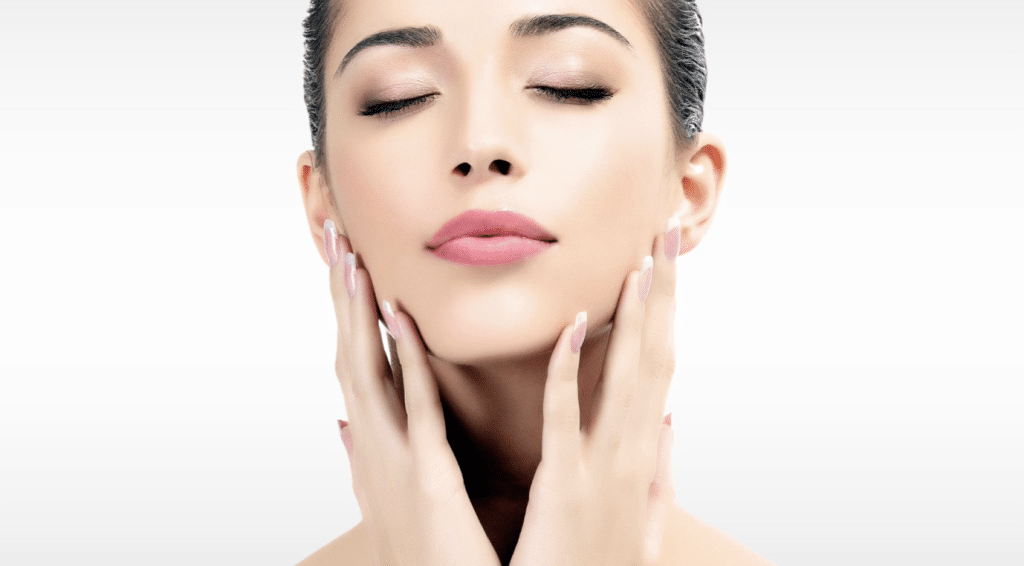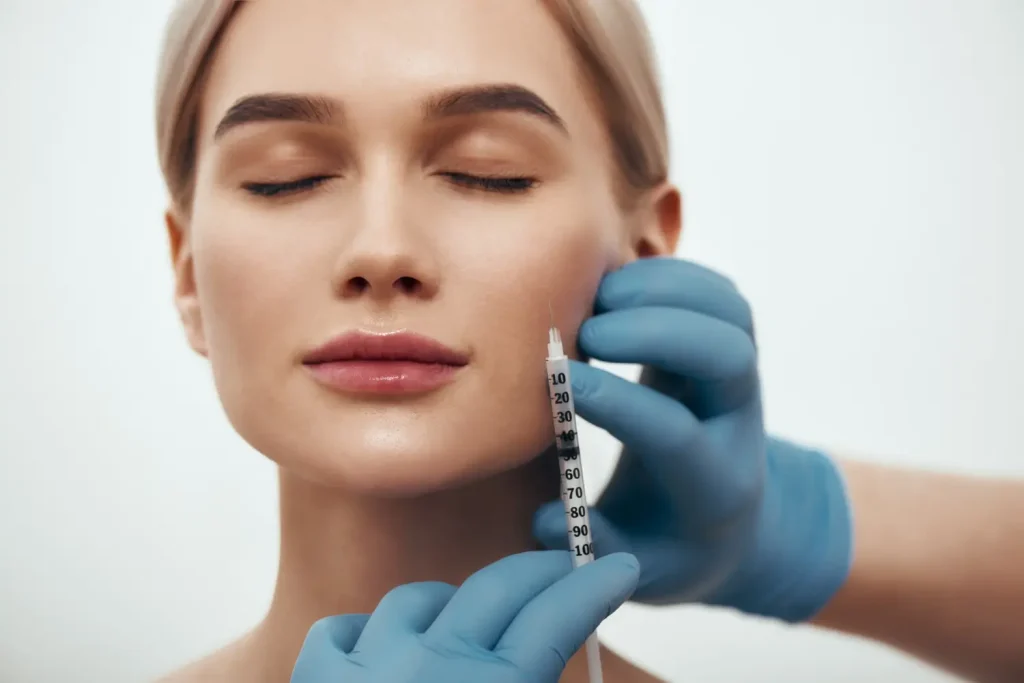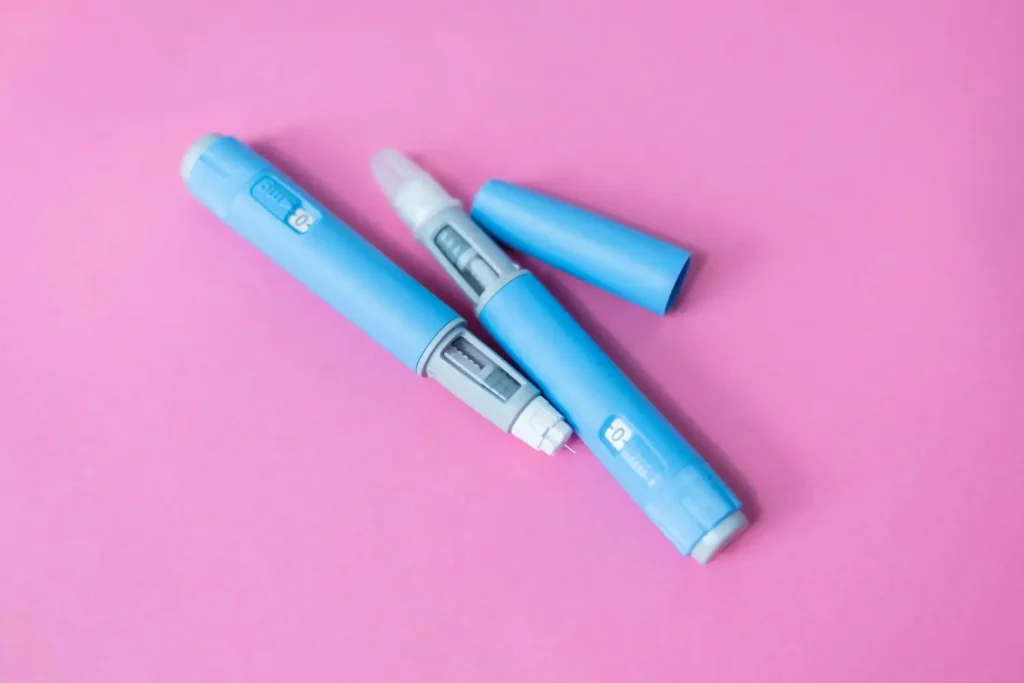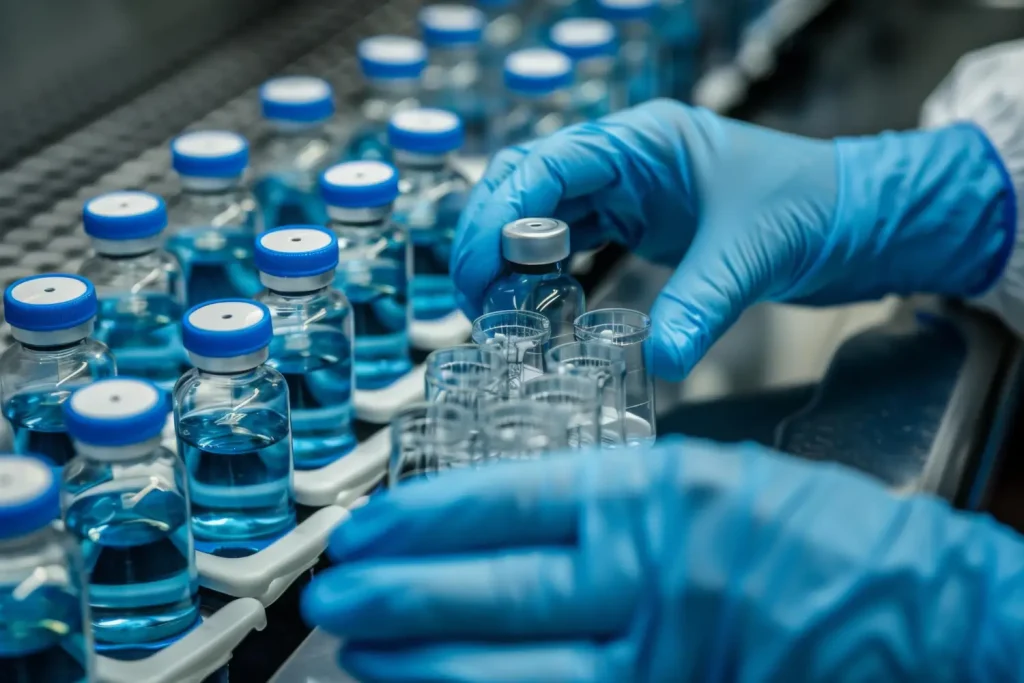Botulinum toxin injections, or neurotoxins, are widely used for aesthetic and therapeutic purposes. According to the American Society of Plastic Surgeons, botulinum toxin treatments accounted for over 9.5 million procedures in the United States. These treatments temporarily relax muscles, reduce wrinkles, and address other medical conditions like muscle spasms.
Nabota and Botulax, both Korean-made neurotoxin products, are gaining traction as alternatives to the well-known Botox. Nabota, developed by Daewoong Pharmaceutical, and Botulax, by Hugel Pharma, offer competitive results with similar active ingredients but may vary in diffusion, onset, and longevity.
This article will compare Nabota and Botulax and explore their effectiveness, safety, and performance as neurotoxin products.
Key Takeaways
- Nabota and Botulax are popular Korean botulinum toxin products used for both aesthetic and therapeutic purposes.
- Nabota is known for its high purity, quick onset, and long-lasting effects, while Botulax offers competitive results at a potentially lower cost.
- Both products work by blocking nerve signals to muscles, effectively reducing wrinkles and treating medical conditions like muscle spasms.
- Clinical studies show that both Nabota and Botulax are effective, with similar safety profiles, although each has unique benefits and drawbacks.
- Patient satisfaction is high for both, but costs, side effects, and treatment protocols may vary.
About: Medical Spa RX provides medical practices with premium products at the best prices. If you’re looking to buy Nabota for your practice, the sales representatives at Medical Spa RX can give you guidance.
Introduction to Nabota and Botulax
Nabota is a botulinum toxin type A product developed by Daewoong Pharmaceutical in South Korea. It’s used to treat wrinkles, fine lines, and medical conditions like cervical dystonia and hyperhidrosis. Known for its high purity and quick onset of action, Nabota is a strong competitor to established brands like Botox.
Botulax, produced by Hugel Aesthetics in South Korea, is another botulinum toxin type A product widely used for cosmetic and therapeutic purposes. It’s valued for its affordability and effectiveness, offering results comparable to Botox, making it a popular choice for patients and practitioners looking for a cost-effective option.
Composition of Nabota and Botulax

Nabota and Botulax both contain botulinum toxin A, but their unique formulas distinguish them for different uses.
- Nabota: Nabota has a purified protein, which makes it solid and safe to use. The manufacturing process of Nabota focuses on minimizing the presence of unnecessary proteins, enhancing the product’s purity. This high purity level is believed to contribute to its quick onset and potentially longer-lasting effects.
- Botulax: Botulax’s composition is similar to that of other botulinum toxin products, but it is formulated to provide consistent results with a balance of efficacy and safety. The manufacturing process ensures that the product meets high standards of quality and effectiveness.
Mechanism of Action

- Nabota: It works by blocking the release of acetylcholine at the neuromuscular junction, a critical step in muscle contraction. By inhibiting this neurotransmitter, Nabota temporarily paralyzes the targeted muscles, preventing them from contracting and reducing the appearance of wrinkles or alleviating symptoms of conditions like cervical dystonia.
- Botulax: Botulax blocks the release of acetylcholine at the neuromuscular junction, effectively reducing muscle activity in the targeted area. This action leads to a temporary paralysis of the muscles, which smooths out wrinkles and can relieve symptoms of certain medical conditions.
Clinical Efficacy

Nabota has demonstrated significant efficacy in various clinical studies.
- A phase 4 clinical study involving 42 subjects with glabellar lines showed that 85.4% of participants experienced an improvement in glabellar frown lines at maximum frown just two days after administration.
- Another study on post-stroke upper extremity spasticity reported a statistically significant decrease in the Modified Ashworth Scale (MAS) score for wrist flexors, indicating improved muscle relaxation.
Botulax has also shown promising results in clinical trials.
- A phase 3 clinical trial involving 500 participants compared Botulax with Botox to treat moderate to severe glabellar wrinkles. The study found that both Botulax and Botox significantly improved the appearance of glabellar lines, with no significant difference in efficacy between the two products.
- A randomized, double-blind, multicenter study on post-stroke upper limb spasticity demonstrated that Botulax was as effective as Botox in reducing spasticity, with both groups showing significant improvements in MAS scores.
Benefits and Drawbacks
| Nabota | Botulax | |
| Benefits | High Purity: Nabota is known for its high purity, which may reduce the risk of developing resistance to the toxin over time. Quick Onset: Patients often notice the effects of Nabota within a few days, making it a convenient option for those seeking fast results. Nabota reviews speak highly of the product’s quick onset. Long-Lasting Results: Nabota’s effects typically last for three to four months, providing sustained improvements. | Affordability: Botulax is often more cost-effective than other botulinum toxin products, making it an attractive option for many patients. Consistent Results: Clinical studies show that Botulax delivers reliable and consistent outcomes, comparable to more expensive brands. Widespread Use: Botulax is widely used in many countries, making it easily accessible for patients and practitioners. |
| Drawbacks | Cost: Nabota can be more expensive than some alternatives, which may be a consideration for budget-conscious patients. Availability: Depending on the region, Nabota may be less widely available than other botulinum toxin products. | Onset of Action: While Botulax is effective, some patients may find that it has a slightly slower onset compared to Nabota or Botox. Potential for Variability: In rare cases, some patients may experience variability in the duration of effects, which could impact overall satisfaction. |
Treatment Protocols
For cosmetic use, Nabota is typically injected into areas with dynamic wrinkles like the forehead, glabellar lines, and crow’s feet, with doses ranging from 20 to 50 units per session. Treatments are usually repeated every three to four months. In medical applications, the dosage is adjusted based on the specific condition being treated, such as cervical dystonia or hyperhidrosis.
Botulax follows similar protocols, with injections targeted at dynamic wrinkles using 20 to 50 units per session. These treatments are also repeated every three to four months. For medical conditions like muscle spasms or hyperhidrosis, the dosage and frequency are customized based on the patient’s needs and response to treatment.
Patient Satisfaction
Patients treated with Nabota have reported high satisfaction levels, mainly due to its rapid onset of action and prolonged effect duration. Most patients expressed satisfaction with reducing glabellar lines within just two days post-injection. Additionally, patients appreciated the natural-looking results and minimal discomfort during the procedure.
Similarly, Botulax has garnered positive patient feedback, especially regarding its affordability and effectiveness. Most Botulax users were satisfied with the results, noting significant improvements in facial wrinkles and muscle spasms. Patients also highlighted the smooth application process and the lasting effects of the treatment.
Cost Comparison
- Nabota: It is generally priced higher than Botulax due to its advanced purification process and FDA approval for various cosmetic and therapeutic indications. Nabota can range from $400 to $600 per 100-unit vial. This price reflects its premium positioning in the market and its reputation for high efficacy and safety.
- Botulax: This product is often highlighted for its affordability, making it a popular choice in cost-sensitive markets. The price of Botulax typically ranges from $200 to $300 per 100-unit vial. Despite its lower cost, Botulax has shown comparable efficacy to more expensive brands, making it a cost-effective option for many patients and practitioners.
Side Effects
Both Nabota and Botulax are generally well-tolerated, with most side effects being mild and temporary. Common side effects include redness, swelling, and bruising at the injection site, which typically resolves within a few days. Some patients may experience mild headaches or flu-like symptoms shortly after treatment.
More serious side effects, such as drooping eyelids (ptosis) or allergic reactions, can occur in rare cases.
Conclusion
Nabota and Botulax are effective Korean botulinum toxin products for smoothing wrinkles and treating medical conditions. Nabota is known for its high purity and quick onset, while Botulax is appreciated for its affordability and consistent results.
The choice depends on individual treatment goals, budget, and specific needs. Consulting with a healthcare provider can help determine the best option for each person.
FAQs
1. What are Nabota and Botulax?
Nabota and Botulax are Korean neurotoxin products. They’re used in medical treatments and beauty procedures.
2. How do Nabota and Botulax compare?
While both Nabota and Botulax have similar uses, they may differ in effectiveness, side effects, or cost. It’s important to research or consult a professional for specific differences.
3. Are there any significant benefits of using one product over the other?
The benefits depend on individual needs. While some might prefer Nabota for its specific features, others might find Botulax more suitable due to price or availability.
4. Can I switch between these two products if needed?
Yes, but it’s crucial to get professional advice before making any changes. Each product has unique properties that can impact results differently.
References
American Society of Plastic Surgeons. 2023 Minimally Invasive Procedures. https://www.plasticsurgery.org/documents/news/statistics/2023/minimally-invasive-procedure-trends-2023.pdf
Park, J. Y., Sunga, O., Wanitphakdeedecha, R., & Frevert, J. (2020). Neurotoxin Impurities: A Review of Threats to Efficacy. Plastic and reconstructive surgery. Global open, 8(1), e2627. https://doi.org/10.1097/GOX.0000000000002627
Frevert, J., Ahn, K. Y., Park, M. Y., & Sunga, O. (2018). Comparison of botulinum neurotoxin type A formulations in Asia. Clinical, cosmetic and investigational dermatology, 11, 327–331. https://doi.org/10.2147/CCID.S160723





















